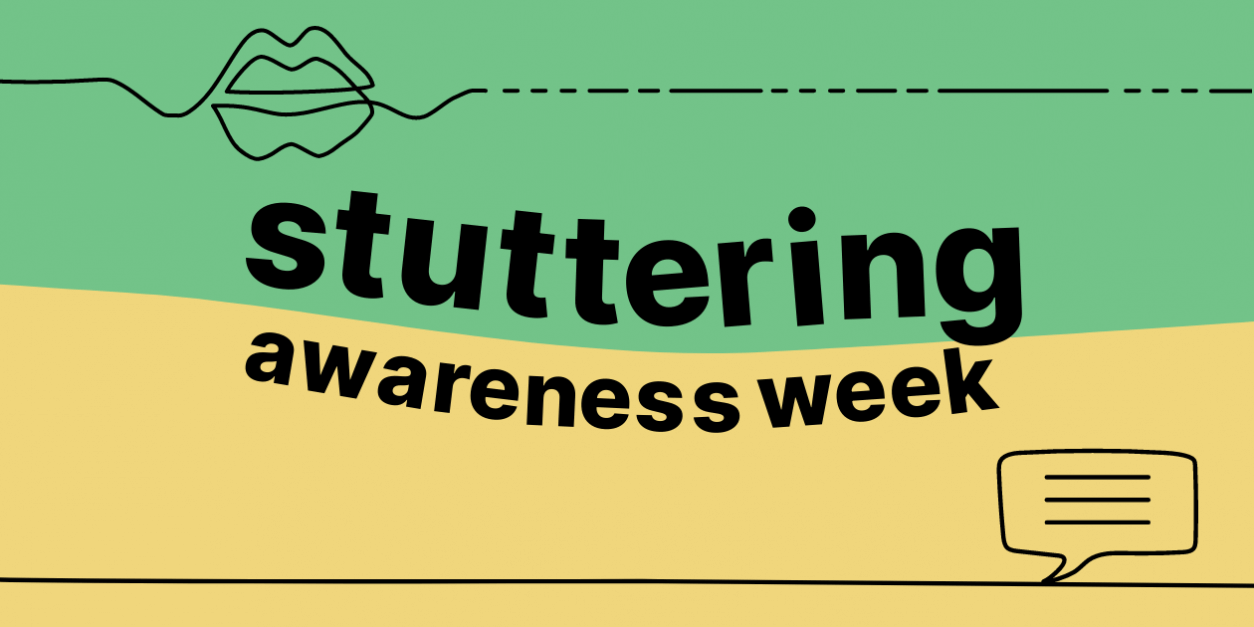By Maya Chupkov – stuttering advocate and community organizer
“California has come a long way when it comes to fighting for disability rights, but those of us who communicate with verbal diversity, what most people understand as a stutter, still belong to a community that often goes unrecognized.“
I am a lifelong stutterer and I still feel like society doesn’t understand the speech disability that impacts over 70 million people worldwide. Stuttering does not discriminate by age, culture, background, language, ability, socioeconomic status, family status, gender identity, sexuality, legal status, ethnicity, or race and intersects with almost every industry.
I am from Los Angeles, went to college in Santa Barbara, and now live in San Francisco. I’ve called California my home my entire life. The ‘Golden State’ is the birthplace of the disability rights movement. And while we have a president who lives with a stutter, it’s important to highlight that stuttering comes in different forms, from the overt to the covert. The general public has largely stigmatized people who stutter, and still does. But even though it takes people who stutter longer to say what they want to say, they have stories to tell. And underlying those stories is the history of misrepresentation, misunderstanding, and antagonistic societal and cultural norms.
The Verbal Diversity Movement: Storytelling, Art & Advocacy
We’re at a critical juncture in the disability justice movement, celebrating 32 years of the American with Disabilities Act. But verbal diversity and communications disorder scholarship and stories that appear in the media have not yet translated into representative narratives of people who stutter.
While stuttering is still highly misunderstood and still mocked in daily life and in popular culture, meaningful change is on the horizon. We are at an unprecedented moment where the push for stuttering acceptance and awareness is making its way into public discourse, which has largely been impacted by the disability pride movement that has taken hold in America and beyond.
Proud Stutter attempts to shift the stuttering narrative away from harmful stereotypes and towards looking at stuttering as simply a way of speaking, not something that has to be fixed. Proud Stutter brings to life the multi-layered experience of people who stutter through storytelling while providing context, depth, and emotional connection to diverse perspectives. The primary goal of the podcast is to activate people to care and engage, which can be a first step towards shifts in culture or policy.
Proud Stutter is also shifting the stuttering narrative through media and policy advocacy. Last year, I partnered with the San Francisco Board of Supervisors to pass a resolution
proclaiming the second week of May as Stuttering Awareness Week in the city. Now I am partnering with the State of California on a similar resolution for a statewide Stuttering Awareness Week, which is expected to pass this year. These policy pushes are a great way to get media coverage, which is another important aspect of shifting the narrative around stuttering. Proud Stutter secured several pieces of media coverage around Stuttering Awareness holidays.
Another example of a project that lifts up the stuttering experience is a new magazine, DYSFLUENT, which focuses on people who are proud of their stammers, and pushes back on the common narrative of stammering as something to overcome. It highlights the honest, funny, and awkward moments that are shared between fluent and ‘dysfluent’ people. The magazine’s designer, Conor Foran, even invented a new font that exemplifies stuttering.
Musician and poet JJJJJerome Ellis infuses philosophy and history into his album, The Clearing, to show what it is like to be a black man with a stutter in America, and his journey of healing and acceptance with his speech disability.
I have faith this world is coming to a place where there is no longer a constant misreading of stuttering as more disability perspectives are read and shared widely. But awareness will be achieved only if people who stutter are willing to advocate for themselves, dispelling misconceptions in conversation, sharing stories of their unique perspectives, and educating loved ones.
Meanwhile, fluent and able-bodied listeners need to acknowledge the misconceptions they’ve been exposed to, then discard them. It’s unacceptable to meet a stranger and automatically assume their spoken and physical attributes reveal something about their character, especially if that assumption is destructive or untrue.
Becoming A Better Ally For People Who Stutter
When you are interacting with a young person who stutters, it’s important to know what to do (and what not to do) to support their success and create a space that is understanding, kind, and patient. Here are some strategies to consider:
Be aware of your facial expressions and nonverbal cues. When I was in school, I was extremely sensitive to the facial expressions I would receive when stuttering. Try to keep your face and body neutral and in a way that shows unconditional listening.
Never finish sentences or say phrases like, “slow down, “breath” or “start over.” This can be triggering because it sends a message of disapproval.
Participating in stuttering holidays like National Stuttering Awareness Week (second week of May) and International Stuttering Awareness Day (October 22) can be a great way to engage with the stuttering community and practice strong allyship.
Listen to this episode of Proud Stutter that talks about how to be a strong ally to someone who stutters

